My compost pile is too cool
greendreamhome
10 years ago
Related Stories
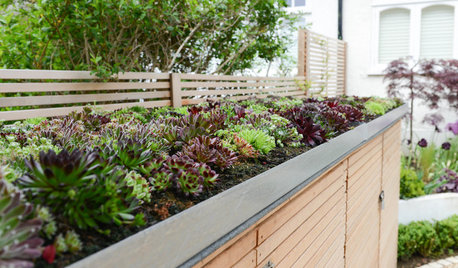
LANDSCAPE DESIGN12 Enclosure Ideas for Trash Bins, Compost Piles and AC Units
Enhance your home’s curb appeal and keep bins organized with one of these design-forward, problem-solving ideas
Full Story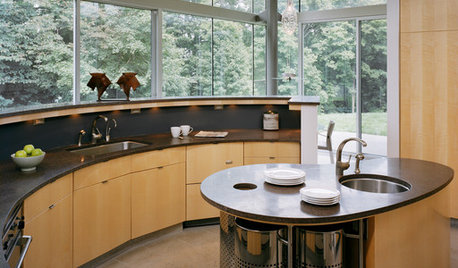
GREEN BUILDINGWhere to Hide the Kitchen Compost Bin
Enriching your soil doesn’t have to mean staring at a countertop pile of decomposing food scraps
Full Story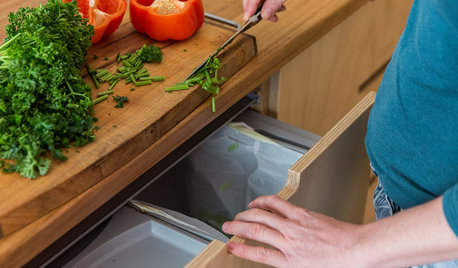
KITCHEN DESIGNWhy You Might Want to Give ‘Bokashi’ Composting a Try
Turn kitchen scraps into gardening gold with this low-maintenance, space-saving method
Full Story
GARDENING GUIDESGet on a Composting Kick (Hello, Free Fertilizer!)
Quit shelling out for pricey substitutes that aren’t even as good. Here’s how to give your soil the best while lightening your trash load
Full Story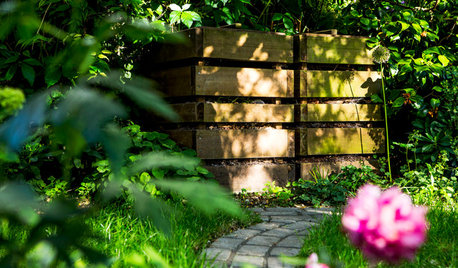
GARDENING GUIDESProfessional Tips for Making Your Own Compost
Learn how to create a free supply of nutrient-rich soil for your garden with expert advice from Houzz landscape pros
Full Story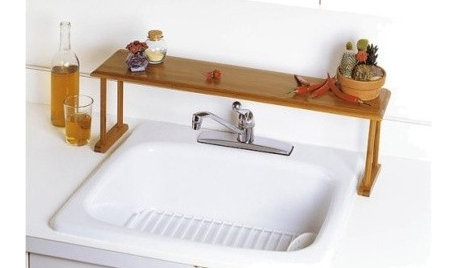
KITCHEN DESIGNGuest Picks: Organizing Your Kitchen for the New Year
Resolve to find a place for plastic bags, compost and piles of dishes to declutter your kitchen
Full Story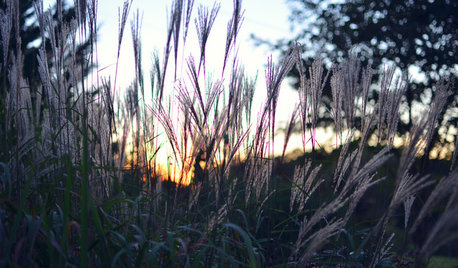
GARDENING GUIDESMid-Atlantic Gardener's November Checklist
Winding down for winter means prepping, potting, piling and picking an indoor solution for daily compost
Full Story0

GARDENING GUIDESHouzz TV: Make a Worm Bin for Rich Soil and Happy Plants
A worm-powered compost bin that can fit under a sink turns food scraps into a powerful amendment for your garden. Here’s how to make one
Full Story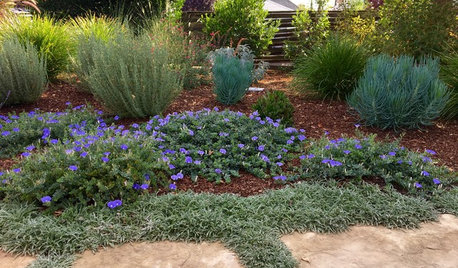
GARDENING GUIDESWhat to Do This Fall to Build Healthy Garden Soil
Take advantage of the cool season to improve soil texture and replenish nutrients
Full Story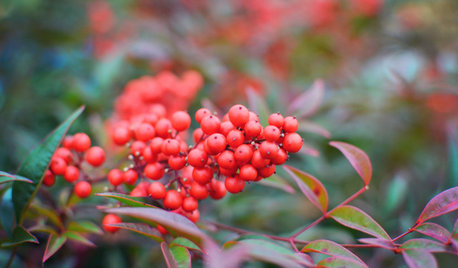
GARDENING GUIDESMid-Atlantic Gardener's January Checklist
Scatter berries while ye may, be kind to your fair-feathered friends and try a time-saving compost trick that will keep you out of the cold
Full Story







paleogardener
Lloyd
Related Professionals
Winder Landscape Architects & Landscape Designers · Concord Landscape Contractors · Fair Oaks Landscape Contractors · Hollywood Landscape Contractors · Holtsville Landscape Contractors · Mendota Heights Landscape Contractors · Westchester Landscape Contractors · Dayton Decks, Patios & Outdoor Enclosures · Foothill Farms Decks, Patios & Outdoor Enclosures · Franconia Decks, Patios & Outdoor Enclosures · Hendersonville Decks, Patios & Outdoor Enclosures · La Palma Decks, Patios & Outdoor Enclosures · Mebane Decks, Patios & Outdoor Enclosures · Montgomery County Decks, Patios & Outdoor Enclosures · Roanoke Decks, Patios & Outdoor EnclosuresgreendreamhomeOriginal Author
Lloyd
Natures_Nature
Lloyd
Natures_Nature
lazy_gardens
joepyeweed
greendreamhomeOriginal Author
Lloyd
Kimmsr
robertz6
robertz6
floral_uk z.8/9 SW UK
greendreamhomeOriginal Author
paleogardener
Lloyd
robertz6
Kimmsr
darth_weeder
mckenziek
toxcrusadr
mckenziek
toxcrusadr
greendreamhomeOriginal Author